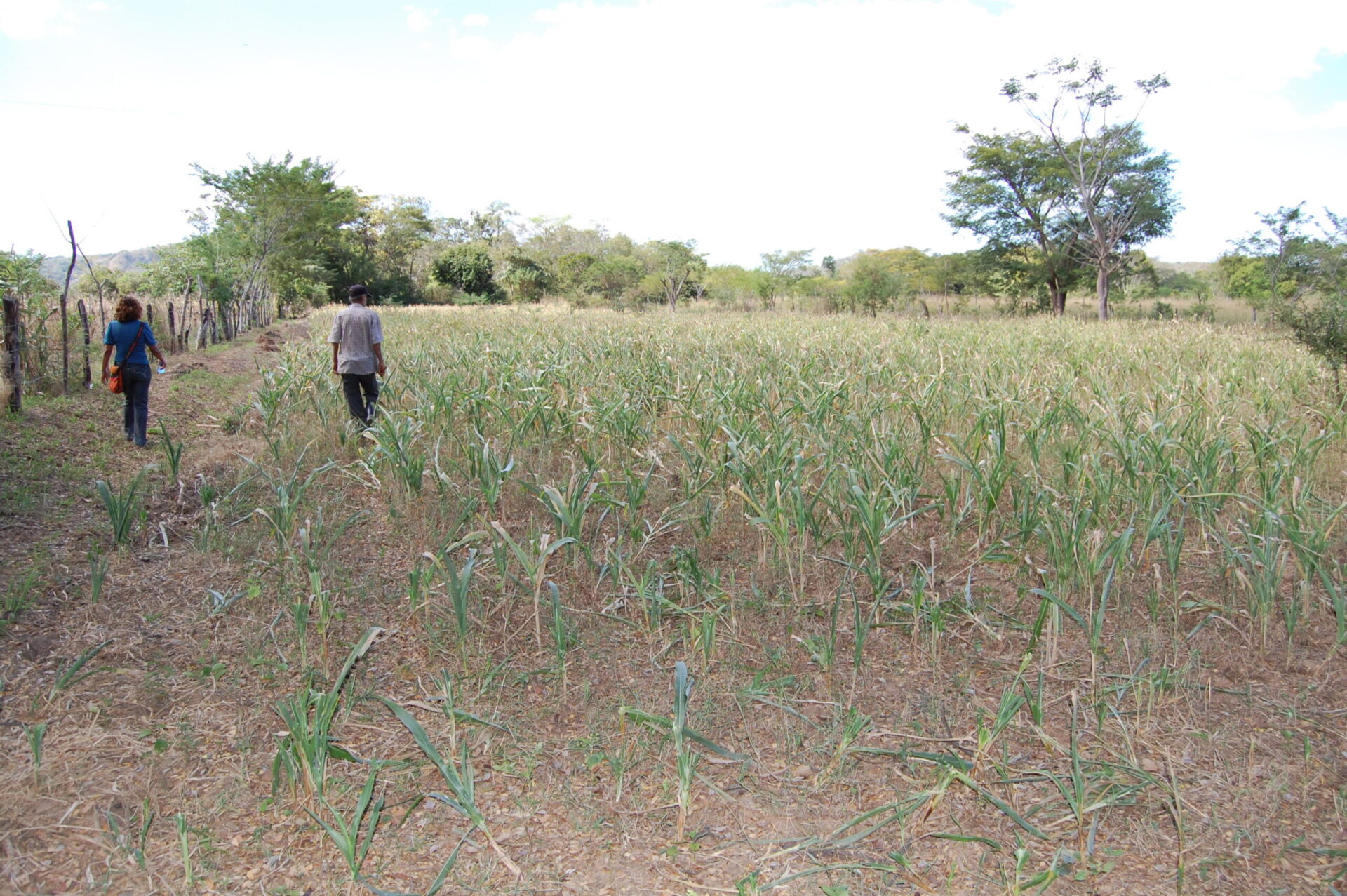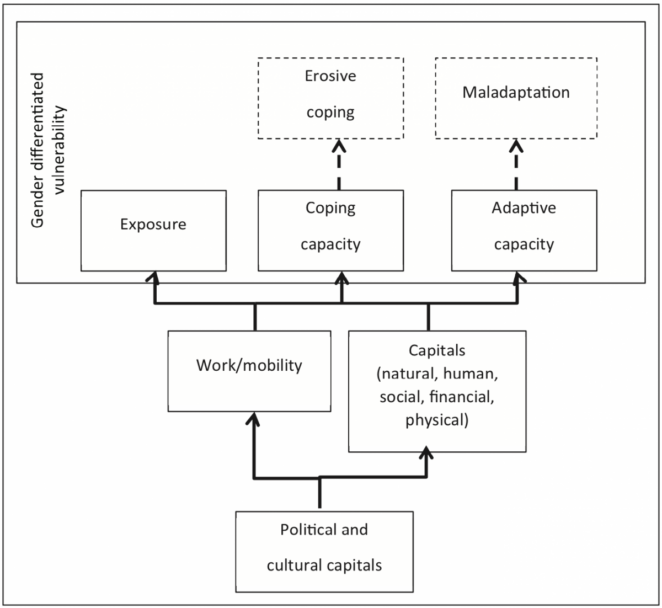Gendered Experiences of Adaptation to Drought: Patterns of Change in El Sauce, Nicaragua

Introduction
According to the 2016 World Risk Report, Nicaragua is one of the 15 most at risk countries in the world, being exposed to hurricanes, drought, heat waves, and floods. These natural hazards combine with drivers of vulnerability including political conflict, civil war, unfavorable economic conditions and severe poverty to produce high disaster risk levels and regular disaster events. Nicaragua is also highly unequal, too; socially, economically and also in terms of gender inequality.
In a 2017 paper, Gendered Experiences of Adaptation to Drought: Patterns of Change in El Sauce, Nicaragua, SEI researcher Lisa Segnestam analyses the contribution of gender inequality to drought vulnerability through the differentiated social-ecological structures and resulting access to resources in drought-stricken El Sauce, in northwest Nicaragua. The paper explores the role of different socio-economic and environmental factors in driving gender inequality and levels of coping and adaptive capacity for droughts in the context of a drying climate.
*The text below provides a summary of the paper and the full paper can be downloaded from the right-hand column. This paper was originally published in Latin American Research Review on the 12 December 2017, and can be found here (open access).
Gendered drought responses in El Sauce
Forty-seven semi-structured interviews with mestizo (of mixed Spanish and indigenous ancestry) women and men captured personal data, family composition, livelihoods and division of labour, natural resources, drought impacts and household strategies over time, division of assets and power, and cross-level strategies. Those interviewees who related memories in the first session and showed a high interest in sharing their views on the research issues were selected for second and third sessions in the hope of capturing the changes they said had occurred over their life span and during their parents’ lives. Data were also gathered from separate focus group discussions with men and women, and from meetings with key informants from governmental and non-governmental organizations in Nicaragua.
Interviews revealed the responses to a chronic drought cycle implemented by women and men (sometimes separately, sometimes in partnership) in El Sauce. Both women and men reduced food consumption (by buying less food, reduced or rationing food consumption, reducing forage consumption, and reducing non-food spending); diversified food consumption (by collecting wild foods and buying different foods); migrated and worked outside their farms; diversified incomes (by selling animals and other products, or making and selling non-agricultural products); used social networks (informal loans and “receiving help,” including remittances); and installed potable water systems. These responses are largely more of a short-term ‘coping’ nature than a strategic ‘adapting’ nature, with financial capital central to the coping capacity.
Some of the drought responses identified in El Sauce were described as predominantly men- or women-implemented. Men-led responses centre on labour and agriculture, and include land management change (such as sowing during the second farming season, the postrera, or using agricultural inputs); accessing formal credit; and seasonal migration for off-farm labour. These activities can be described as proactive, in that they aim for vulnerability reduction and adaptation to a drying climate and the cycle of chronic drought. In comparison, women, particularly the women-headed households, appear to have less capacity to implement long-term, adaptive solutions than men. This results in a gendered pattern of responses to drought: women largely coping (i.e. short-term changes aimed at a reduction in losses) and men largely adapting (long-term changes to reform, restructure, and reorganize social-ecological systems).
Forms of capital and gendered dimensions of vulnerability
In order to understand different dimensions of vulnerability, Stegnestam (2017) uses an integrative framework that combines vulnerability, gender, and forms of capital from the Community Capitals Framework (see Figure 1 below). Each individual capital included is important in itself but also interacts with the other types, which creates opportunities and barriers to reducing drought vulnerability. For instance, the use of one form of capital can lead to losses in others, and result in a downward spiral of assets.

The application of this integrative framework to the case of vulnerability to drought in El Sauce, a rural community in Nicaragua’s zona seca, demonstrates the value of using a multi-dimensional perspective to analyze the socio-economic and cultural contexts that shape the opportunities that women and men have to reduce short- and long-term vulnerability. Further, a strength of the framework is its relative simplicity and elevation of the gender dimensions of vulnerability for analysis; an under-researched area of research in the adaptation field.
In El Sauce, gendered inequalities in access to and control over different forms of capital has led to a gender-differentiated capacity to respond to climate change; men being able to adapt and women experiencing a downward spiral in capacity and increasing vulnerability to drought.
Suggested citation
Segnestam, L. (2017). Gendered Experiences of Adaptation to Drought: Patterns of Change in El Sauce, Nicaragua. Latin American Research Review, 52(5), 807-823. Sourced online from: http://doi.org/10.25222/larr.220
Reference
Segnestam, L. (2009). Division of Capitals—What Role Does It Play for Gender-Differentiated Vulnerability to Drought in Nicaragua? Community Development, 40(2), 154-176. doi: 10.1080/15575330903001562
(0) Comments
There is no content